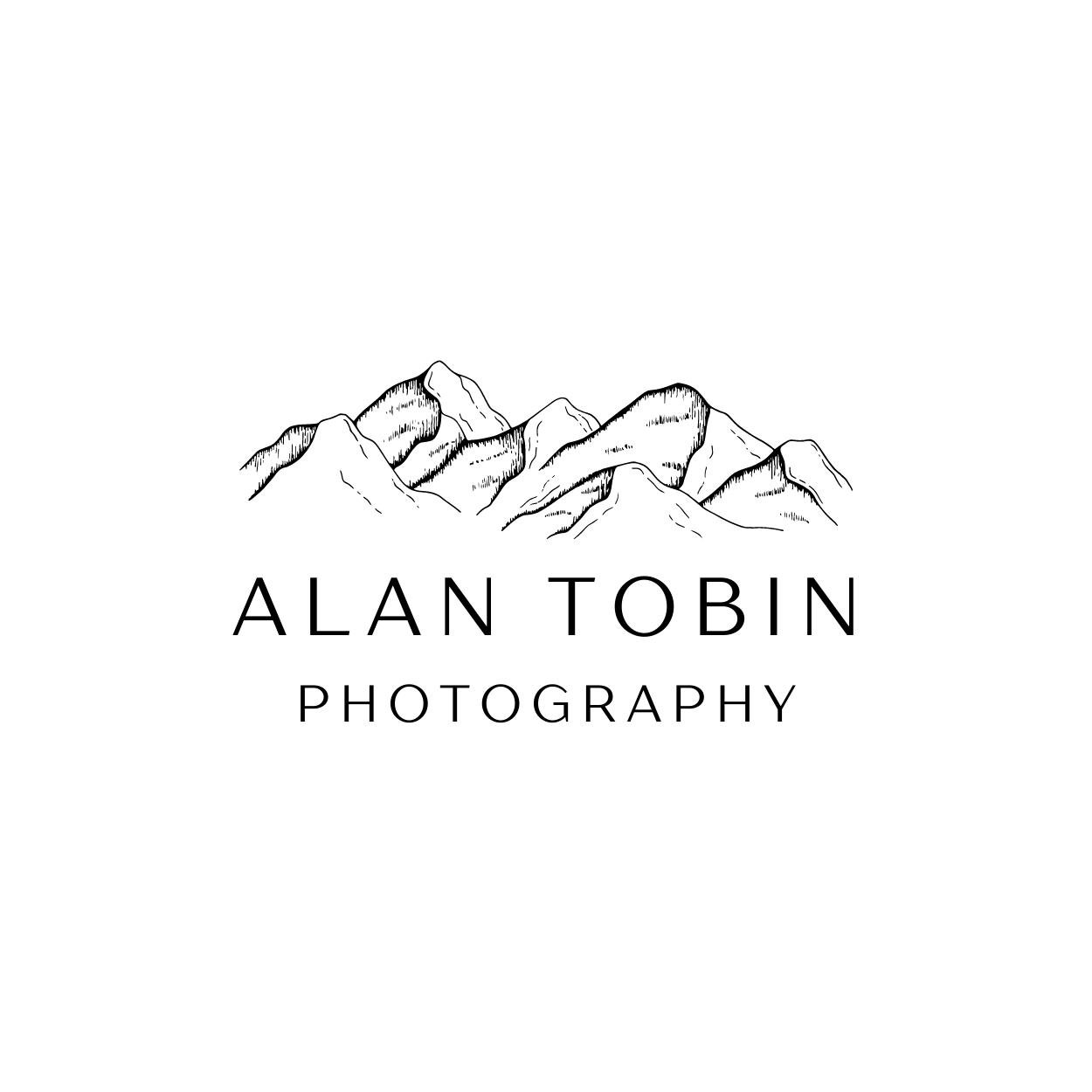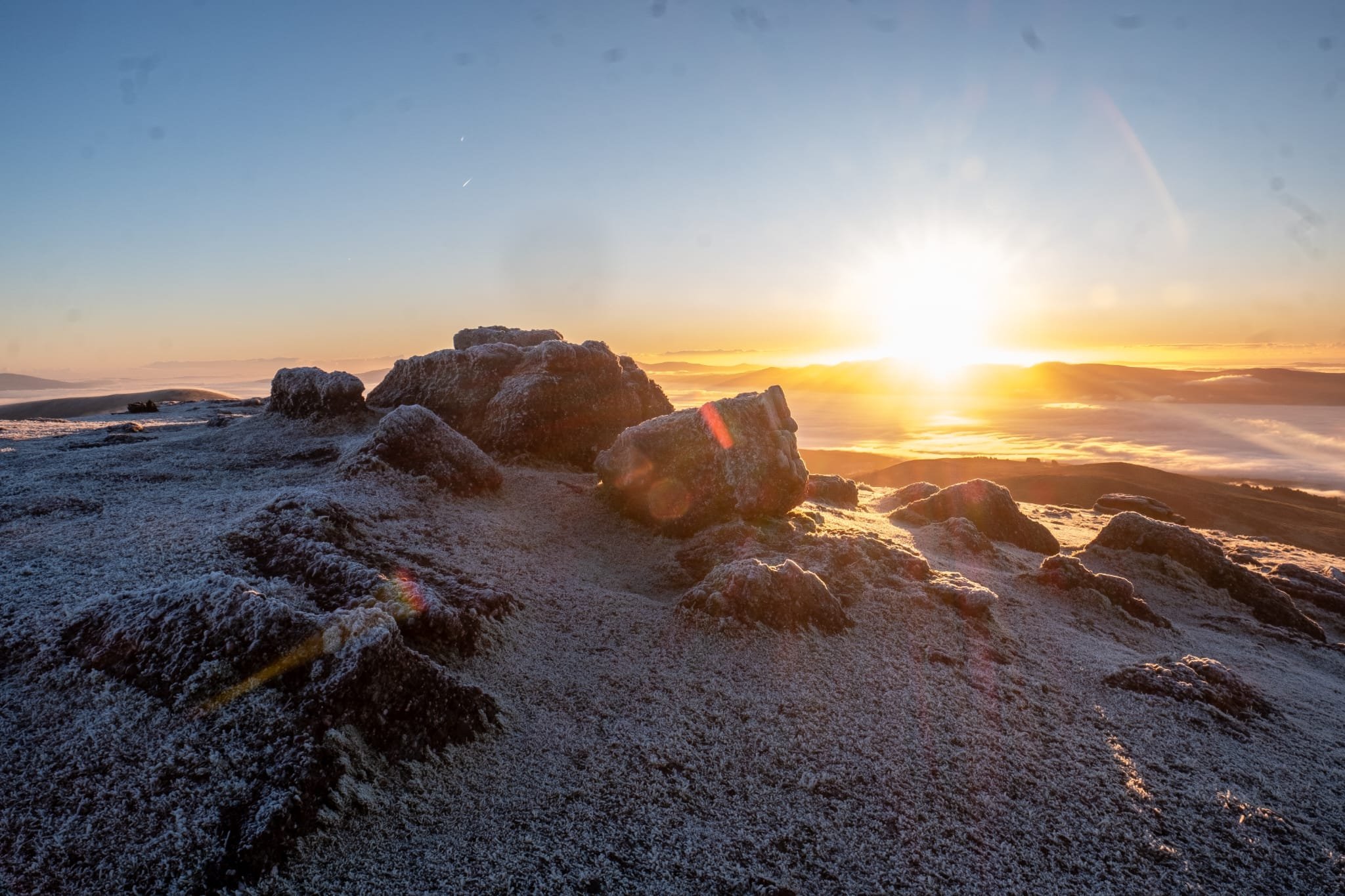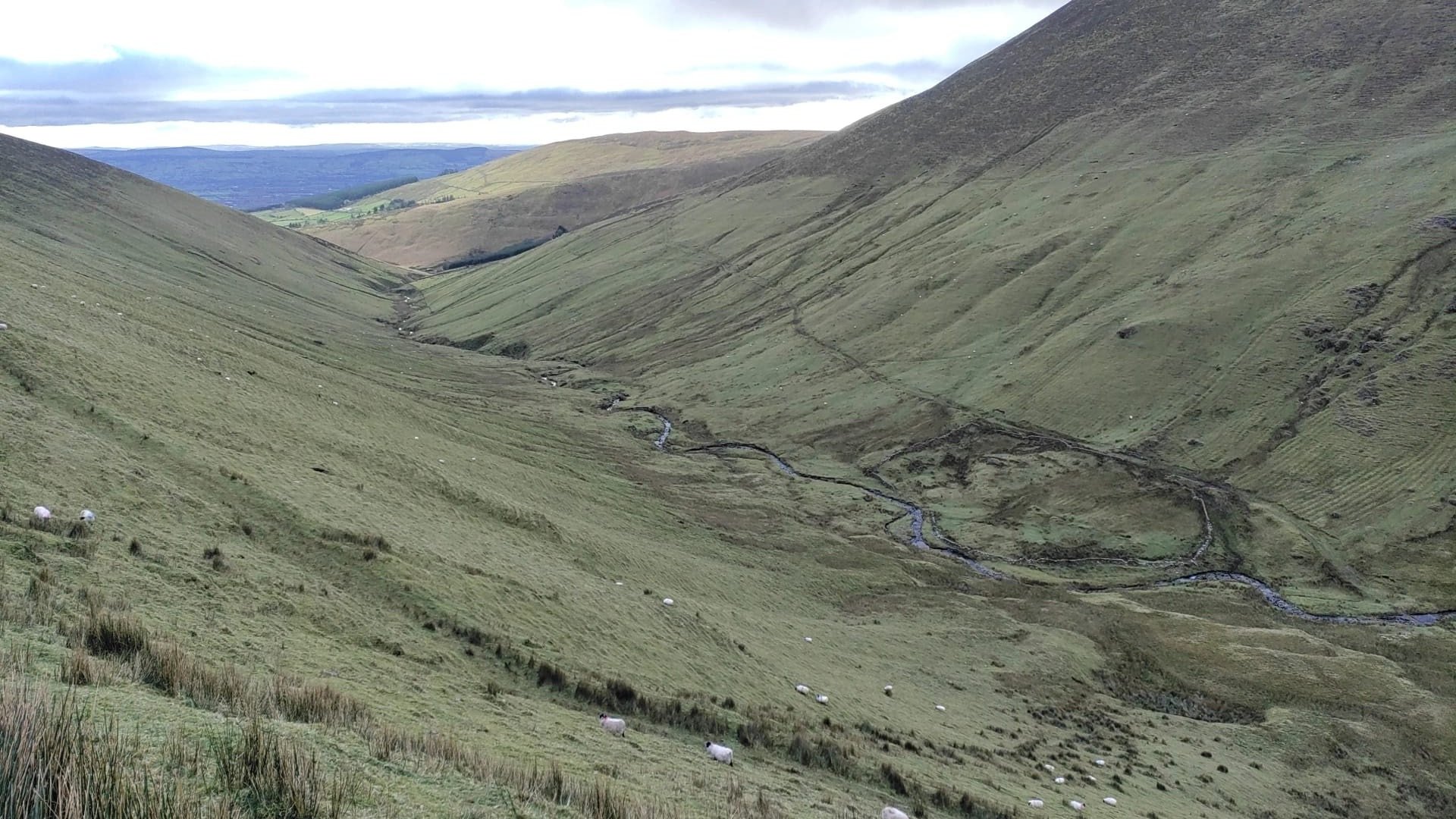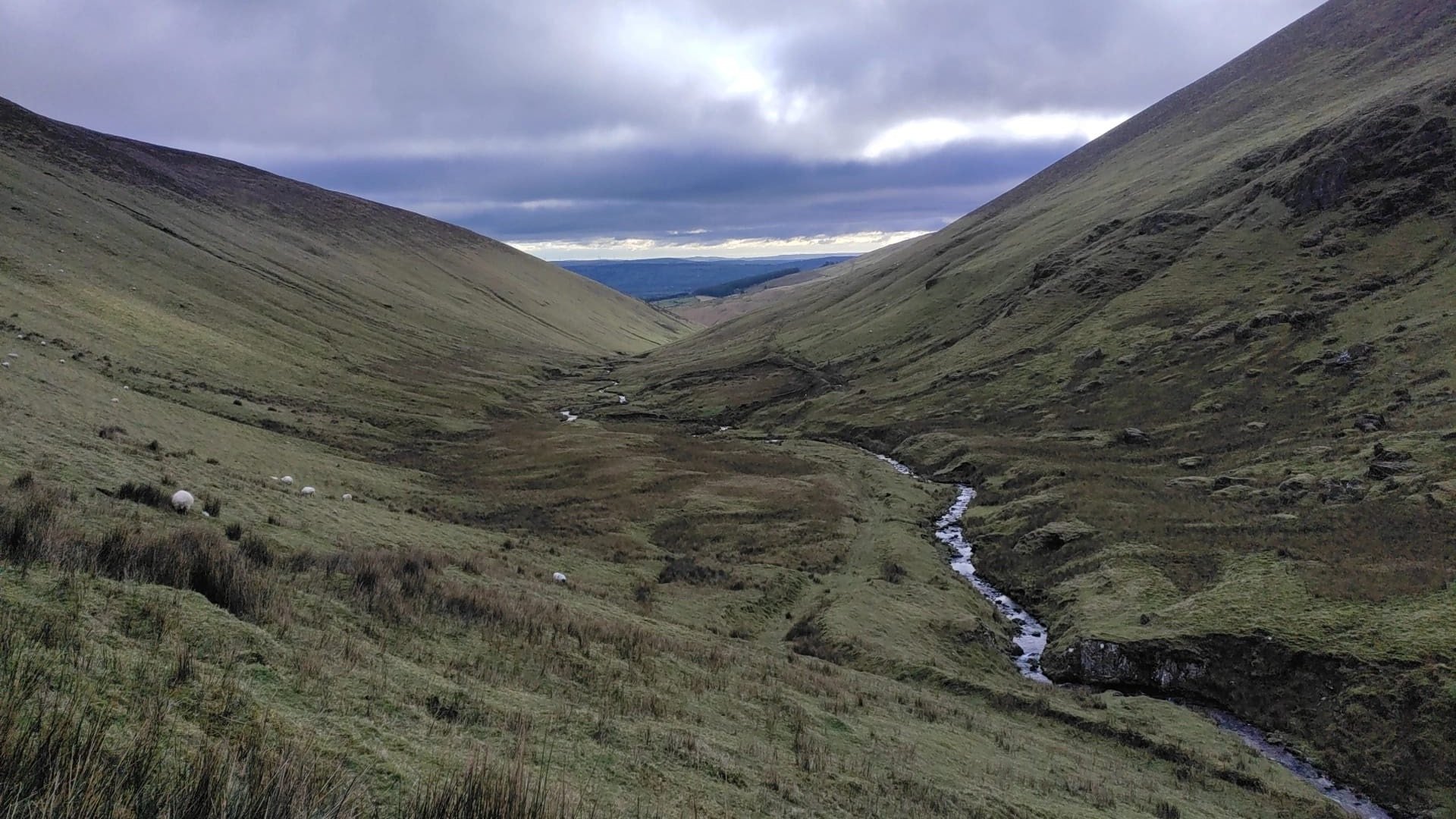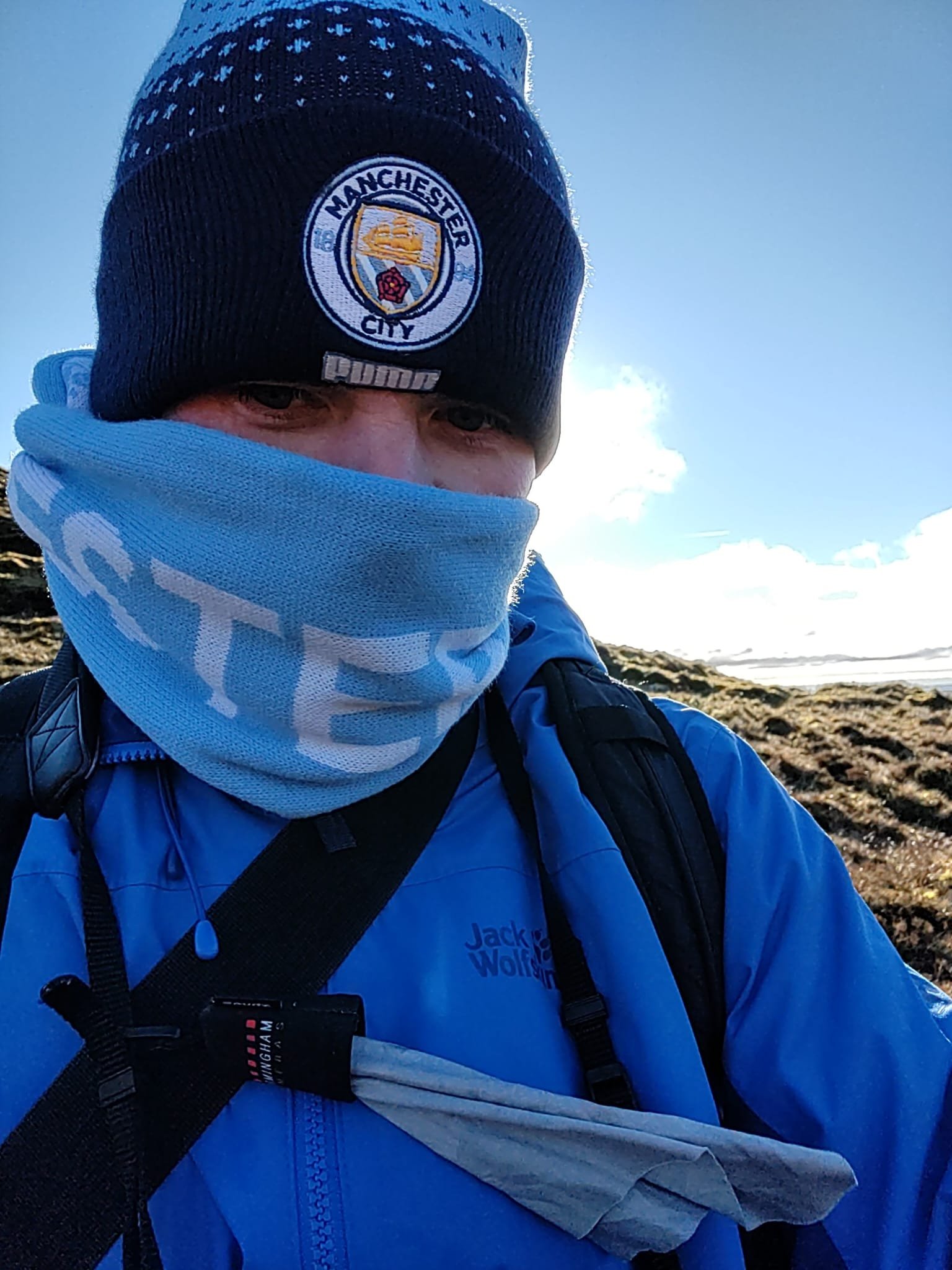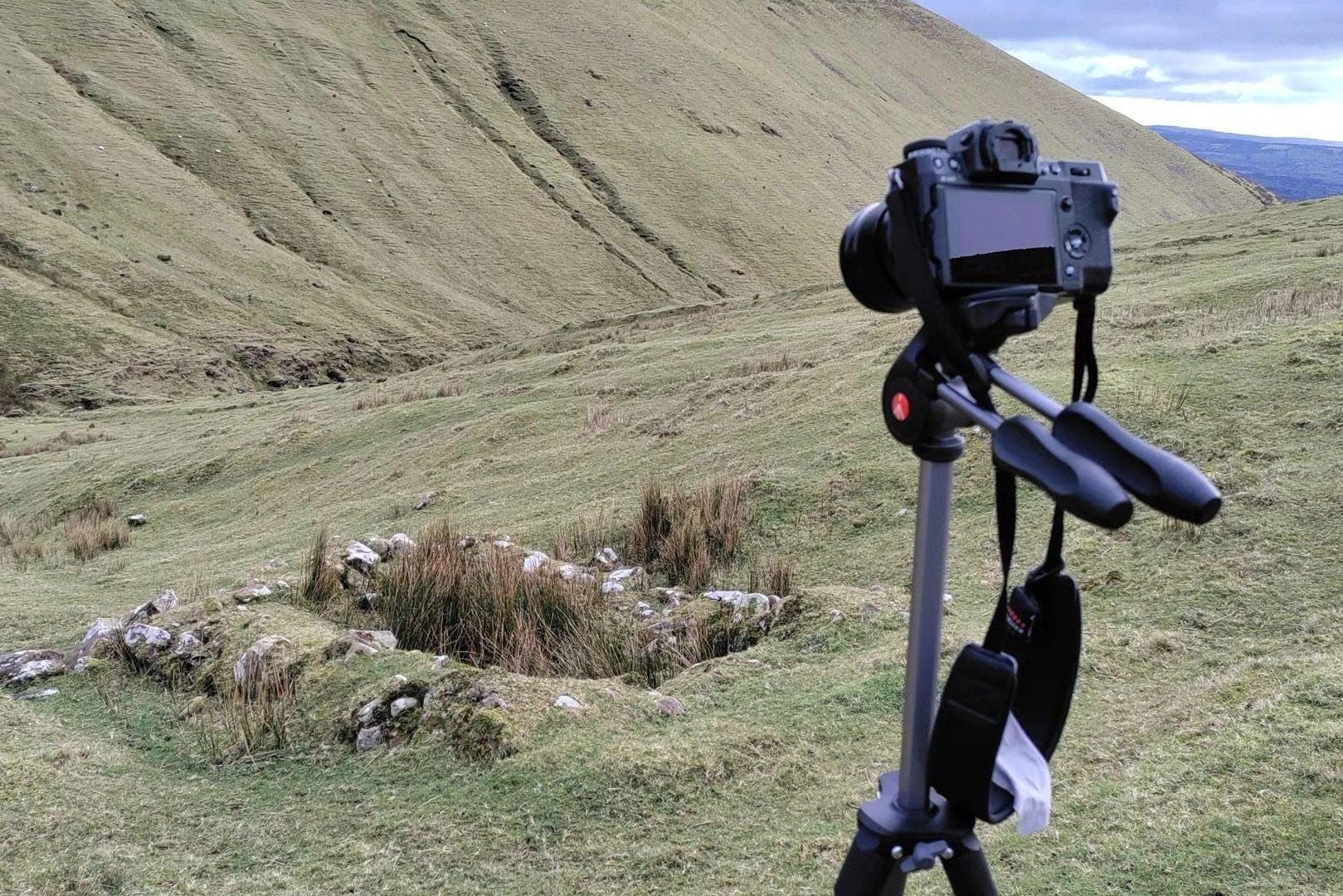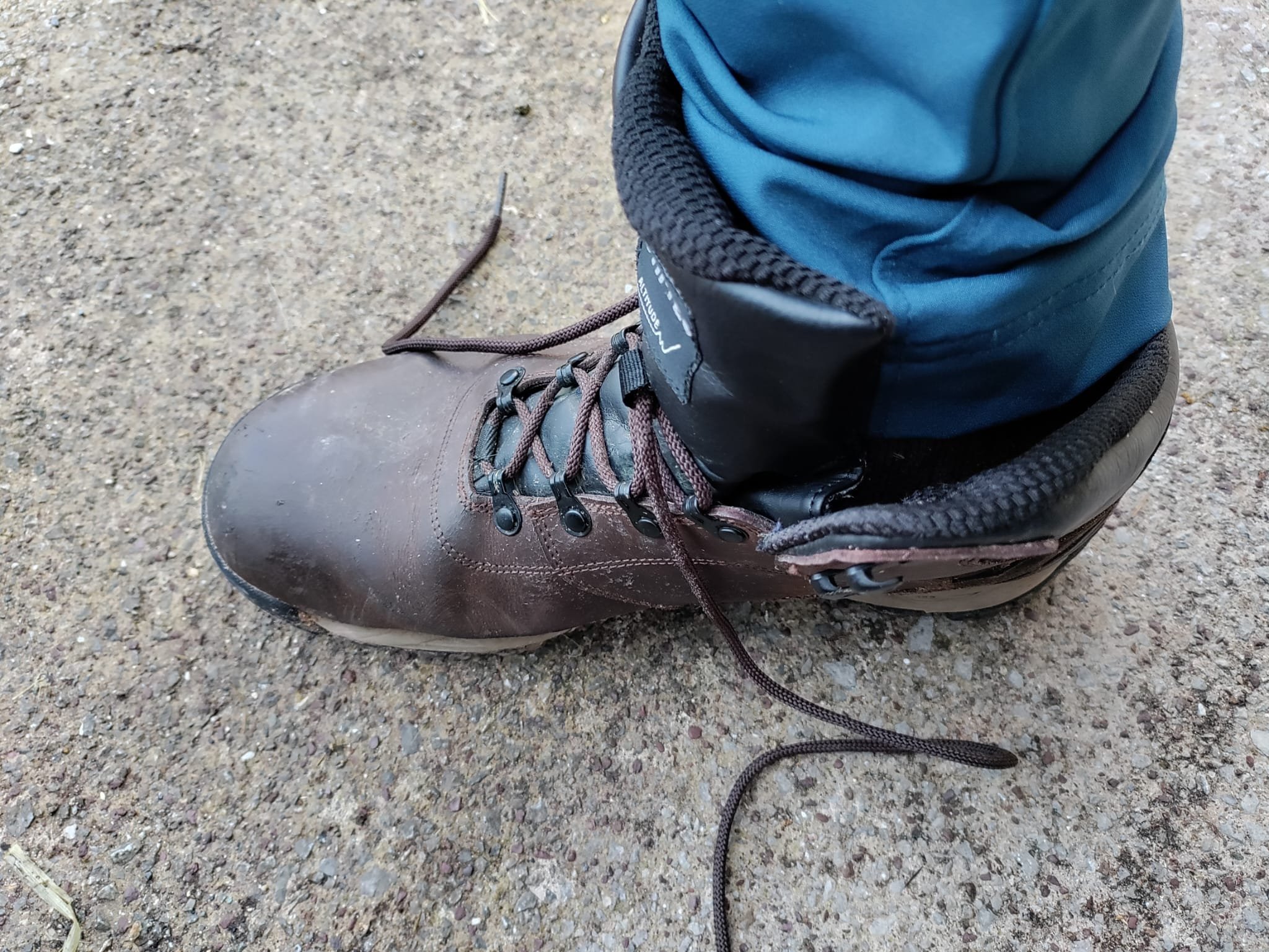Turning Milk into Gold
Black Rock River Valley, Galtee Mountains
A range of interesting and ominous discoveries have been made in Irish bogs throughout the years: weapons, clothing, tools, even bodies and body parts… However, among the most frequent bog discoveries are actually foodstuffs, with the most common example being bog butter. Typically, the butter is found preserved in wooden containers, which vary in style and material depending on whether they date from the Iron Age or the Medieval period. The reasons why our ancestors saw fit to bury butter have been debated. Some historians propose that preservation was the sole intent, while others like E. Estyn Evans suggest it may have been a spiritual offering (Earwood, 1997). The weight of significance attached to butter may be supported by the fact that it seems to have been regarded as a higher class commodity in early medieval Ireland, when lower grades of commoner were “not entitled to butter” (Peters, 2015), whereas it appears to be a more widespread staple by the early modern period.
Over half of Irish bog butter discoveries date to prehistoric times, while about 40% of them are associated with the medieval period (O’Sullivan and Downey, 2018). As of the time of Earwood’s research (which is almost definitely not up to date), the following list details how many bog butter containers had been found by county (1997):
The frequency with which bog butter crops up in Irish bogs points to its centrality to the Irish diet and economy across a long period of history. Milk and butter were key supplements to fish and the potato (Costello, 2020). As touched upon in previous blog posts, the production of butter was a key focus of booleying, and there were butter storage areas built into booley huts where it would reside until it could be transported down off the mountain for selling at markets and export. E. Estyan Evans believed there may have been a direct link between booleying and the depositing of butter in bogs and that the latter practice died out when the former did (1947). Among the key daily tasks at booley sites was the milking of the cattle followed by the churning of milk into butter (Costello, 2020). Sources suggest herders also lived off some of the butter and milk produced on site, as well as oatmeal and, occasionally, blood would have been drawn from the necks of cattle to produce pudding (Morris, 1939).
Some bog discoveries may be cheese rather than butter. It’s not always easy to differentiate once the peat has done its slow, magical work over hundreds of years. Cheese was produced and eaten in Ireland as far back as the Early Christian period, but doesn’t seem to have ever been a major focus, with only scattered reports of requests for export licences in the fifteenth century and some evidence of production in the eighteenth and nineteenth centuries (Cogan and Downey, 2020).
Butter, on the other hand, was Ireland’s most significant agricultural export during those two centuries, and most land was geared towards maintaining the dairy herd (Solar, 1970). This trend has completely reversed in modern Ireland, with Irish beef fetching a high price internationally, while the financial margins for dairy farmers become increasingly squeezed.
The Cork Butter Market was by far the primary hub through which export was organised, with the port in Waterford being the second most significant, and Dublin and Belfast also being key centres of activity (Solar, 1970). Costello (2020) has proposed that the Galtee region had stronger connections with international markets than the west of Ireland, and that the heavy soil in the region was more suited to dairy cows than arable farming, hence the strong focus on milk and butter production. In fact, this point about the land being ideal for dairying applies to much of Munster. As a first port of call, the butter produced in the Galtee mountains was sold in Mitchelstown, Co. Cork (Costello, 2020). Most of what was exported left via Cork. The practice seems to have been profitable for a time. In fact, Costello (2020) points to a large increase in the value of butter between the seventeenth and late eighteenth century.
In the early nineteenth century, Lisbon was a key destination for Irish butter departing from the Cork Butter Market, from where it would be re-exported to warmer climates in Brazil or the British West Indies (Donnelly, 1971). Though butter declined from its position as the key Irish export in the second half of the nineteenth century, at least partially due to an agricultural depression between 1859 and 1864 (which saw cows produce less milk) (Donnelly, 1976), it still made up at least 30% of exports leaving Cork by the 1870s. The butter leaving Cork began to suffer some reputational damage, however, for a perceived inferior quality and consistency, while other European countries entered the market and exported what was thought to be a higher quality product to Britain (Ó Gráda, 1977). Judgement was cast on the inefficiency of the Irish farmer, though Ó Gráda claims that, by the turn of the twentieth century, those concerns had diminished as Ireland underwent a dairying revolution (1977).
The importance of butter to the rural economy in medieval and early modern Ireland can be further understood by its inclusion in folklore. In the collection of folktales collected by the Irish Folklore Commission in the late 1930s, there are cautionary tales about the theft of butter. Of course, in the folk tradition, there are some magical elements at play. Honor Gaffney from Aclare, Wexford, relayed the following in 1938 (Moriarty, 2015):
“It was believed by the people long ago, that certain people were under the power of the devil, and that they could ‘take away’ other people’s butter, that is, that you could churn and churn away for hours, and no butter would come. If the butter was ‘taken’, the milk would rise in froth all over the churn but there would be no butter. Sometimes the cream would have an awful smell. The power was supposed to be got from the Evil One on May morning by skimming a well before the sun rose. There was a rhyme to be recited whilst the skimming was going on. A piece of whitish fat or butter with milk dropping from it was supposed to be left at the door of the house where the butter was to be taken. The people of the house would know then that they would have no butter when churning. The cure for this was to get the coulter out of the plough and put it in the fire and redden it in the devil’s name. Then the person who had ‘taken’ the butter would have to come into the house whether he or she liked it or not, and then of course everyone would know who their awful enemy was.”
I find it interesting to dissect the potentially “real” fears and concerns underpinning this tale of superstition. Costello (2020) has pointed out how numerous folktales of supernatural dangers are actually cautionary tales, designed to sharpen the wits of the (often young) people engaged in booleying, a practice that left them quite exposed and isolated in the mountains for months at a time. Similarly here, I think the fear of one’s butter being taken away by some evil figure probably represents the very real fear we all have of our economic livelihood being taken away, whether by thieves or misfortunes of nature. This fear would be heightened still in situations where the financial margins were thin. The nightmarish thought of no reward emerging for endless churning speaks to a very human fear about the future - will we have enough? Is this sustainable? The strange form of justice which closes the story, whereby the perpetrator is drawn into view by supernatural means, speaks to the fears people may have had around the limited potential of achieving real justice. There’s a sense that offenders may face no punishment in the earthly realm, and as such only a more supernatural deterrent will suffice.
Black Rock River Valley
Black Rock River Valley, Galtee Mountains
14th January 2024
Christmas passed without hikes, the weather too wet and blustery. Thankfully, the first half of January ushered in a spell of cold, dry weather. The air became clear, cloud cover minimal, the sun shone without heating, and the tips of the tallest Galtees were sparsely dusted in white. No wind. Notwithstanding the sharpness of the cold, it was perfect weather for hiking. We capitalised with an early start and a sunrise hike up Galtymore on the 7th of January. We were treated to a sesnational cloud inversion for our efforts.
It was the following weekend that I got back out on my own and back on the horse in terms of the “Buaile” project. The next booley hut I intended to visit was in Black Rock River valley, which sits between “Bull Hill” and a mountain the Eastwest Map calls “Cruckrin” - though a local farmer I met en route said they call it “Slios” or “Slish” (not sure how you’d spell it, but that was his pronunciation).
I parked in King’s Yard, but rather than starting towards Galtymore, I actually strolled back down the road a little, out of the farmyard, hopped a stile, and headed in a less-trafficked direction. Cruckrin is not among the most renowned hills in the range, standing at 630 metres. In the map below you’ll see King’s Yard on the bottom right, and Cruckrin top left. That was to be the start of my route.
The objective was to go up and over Cruckrin, carry on down to “Fesc” - the shoulder between Cruckrin and the beginnings of the southside of Carraig na Binne - before dipping down off the shoulder in a southwesterly direction, surrendering all the altitude gained and entering the valley of Black Rock River. See the second map image below.
The descent is sharp off the shoulder, but you’ll note there is a broken black line zig-zagging its way down, which made the descent a breeze. As always, the brown cow on the map is the destination. As you can see the broken black line leads across the river all the way to the hut. The first image below shows the views I had on the descent off the shoulder, while the second was taken as I neared the valley floor.
What became apparent as I turned the corners of the zig-zagging trail was that this path clearly served some kind of transportation in times gone by. Its steepness is graduated to the extent that pushing a cart wouldn’t be unthinkable. If you look carefully at the images above, there is a stone-wall ring-shaped structure saddling the river on one of its bends, no doubt an animal enclosure. Whether related to the booley hut a little further down the valley, or of another era, it’s evident that the back and forth path I had just descended was the access point to any work taking place in the valley, and probably for transporting the fruit of that labour back out - butter springs to mind!
Though the images above may not convey it, the sun was fairly blinding at some stages of this hike. As I reached the area of interest it decided to show itself proudly, leaving me in a bit of a pickle photographically. I didn’t want direct sunlight for my shots of the booley hut, certainly not the midday light. It would be too washed out. When I reached the booley hut, I settled in and mentally prepared myself for waiting. Staying warm was a challenge, but the sun’s glow helped soften the icy sting.
I ate lunch and drank water while I waited for more favourable lighting. With my belly full I found a couple of interesting compositions I was happy with and waited for more interesting light. All it would take was the odd sliver of cloud to pass before the sun to filter its all-consuming radiance and punctuate its harshness. I was hopeful too, as when I looked over my shoulder at the distant wall of mountain, there was some captivating drama unfolding. The clouds looked doom grey, the hilltops bathed in shadow, while the foreground enjoyed blistering sun. Look at the image below and tell me any other country that beats Ireland for dramatic lighting!
Looking back at the prominent Galtees from Black Rock River valley
Eventually, my patience was rewarded with some soft light. Not the drama of the image above, but the kind of relaxed, natural light I like to work with. The booley hut is the typical rectangular shape, smaller than Moonacoon House in the western Galtees, but larger than, say, the hut in Pigeon Rock Valley. The structure is reasonably well preserved, and I love how it’s contextualised with evidence of trails nearby, walled enclosures, and the sense of a wider system of interrelated activity. Somtimes, sites can seem quite random and isolated to the untrained eye, if the infrastructure and connecting systems around them have been lost to time, whereas here, you really get a sense of how transportation of people and goods would have happened in and out of the valley. The pushing of a cart up the zig-zag trail emerges in my mind’s eye - the brawn of the task. The wind that would have shuttled down the slopes of the hill opposite and battered into the hut in stormy weather. The repairs to be done to the hut each summer. The fallen stones. The lifting. But the joy too, perhaps. The pleasure and freedom of outdoor life, away from the watchful eyes of family, of neighbours. The escapism of a brief stint of life in the mountains.
Booley Hut in Black Rock River Valley, Galtee Mountains
On the way back, I didn’t go back up Cruckrin. When I had arrived back at the shoulder where “Fesc” is marked on the map, I descended down the other side of the shoulder in an easterly direction, towards the “Slate House” - a scenic site in Knocknagalty that I’ve been to several times before. The path home from there was the early section of the King’s Yard to Galtymore trail in reverse. I arrived back in the King’s Yard car park after 3pm, having clocked over 14km.
Thanks for reading!
Get in touch in the comments below, or via email: hello@alantobinphotography.com
References
Cogan, T. and Downey, L. (2020). Historical Perspectives on Cheese Production. Archaeology Ireland, 34(2), pp.19–22.
Costello, E. (2020). Transhumance and the Making of Ireland’s Uplands, 1550-1900. Boydell & Brewer.
Donnelly, J.S. (1971). Cork Market: Its Role in the Nineteenth Century Irish Butter Trade. Studia Hibernica, 11(1), pp.130–163. doi:https://doi.org/10.3828/sh.1971.11.4.
Donnelly, J.S. (1976). The Irish Agricultural Depression of 1859–64. Irish Economic and Social History, 3(1), pp.33–54. doi:https://doi.org/10.1177/033248937600300103.
Earwood, C. (1997). Bog Butter: a Two Thousand Year History. The Journal of Irish Archaeology, [online] 8, pp.25–42. Available at: https://www.jstor.org/stable/30001649.
Estyn Evans, E. (1947). Bog Butter: Another Explanation. Ulster Journal of Archaeology, 10, pp.59–62.
Moriarty, C. (2015). ‘Butter-Making and the Evil One’. Folklore from Co. Wexford | Irish Archaeology. [online] irisharchaeology.ie. Available at: http://irisharchaeology.ie/2015/02/butter-making-and-the-evil-one-folklore-friday/#:~:text= [Accessed 6 Jan. 2024].
Morris, H. (1939). Booleying. Béaloideas, 9(2), pp.288–89.
Ó Gráda, C. (1977). The Beginnings of the Irish Creamery System, 1880—1914. The Economic History Review, 30(2), pp.284–305. doi:https://doi.org/10.1111/j.1468-0289.1977.tb00266.x.
O’Sullivan, M. and Downey, L. (2018). Butter-Making. Archaeology Ireland, [online] 32(3), pp.48–51. Available at: https://www.jstor.org/stable/26565806.
Peters, C.N. (2015). ‘He Is Not Entitled to butter’: the Diet of Peasants and Commoners in Early Medieval Ireland. Proceedings of the Royal Irish Academy: Archaeology, Culture, History, Literature, 115C(1), pp.79–109. doi:https://doi.org/10.1353/ria.2015.0012.
Solar, P.M. (1970). The Irish Butter Trade in the Nineteenth Century: New Estimates and Their Implications. Studia Hibernica, 25(1), pp.134–160. doi:https://doi.org/10.3828/sh.1989_1990.25.5.

